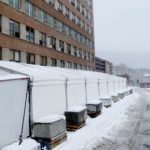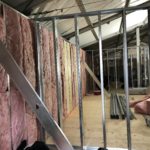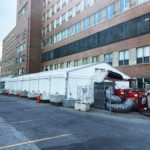Company:
Fiesta Tents
Project Details
Fabric 1
Ferrari 602 white B/O vinyl
Producer/Manufacturer:
Serge Ferrari
Primary Use:
Main Fabric
Engineer Name 1
Louis Larouche
Engineer Company 1
LARO Expert-conseil
Design Name
David Murray
Design Company
Fiesta Tents
Fabrication Name
Manufacturing department
Fabrication Company
Fiesta Tents
Project Manager Name
Alexandre Renaud
Project Manager Company
Fiesta Tents
Installation Name
Alexandre Renaud
Installation Company
Fiesta Tents
Please describe the project specifications
Fiesta Tents erected a Solar System 30’ wide by 80’ long, modified for winter use, using our 4’’ x 6’’ extrusion. Our partner Via Construction, a general contractor specialized in hospital projects finished the interior (aluminum studs, drywall, insulation, medical grade floor, etc…) with all the required specifications and specialized equipment, including plumbing and medical gas piping. We started the installation at the beginning of October 2020 and the trauma center is still in function today.
The main challenge of this project was dealing with Canadian winters. The installation started in October 2020 and the trauma center had to be functional all winter. The first step was making sure the structure had an appropriate snow load. Two major factors had to be considered. First, the location of the tent, which was right next to the hospital and thus receiving snow accumulations drifting from the hospital roof. And of course, the second factor was what or who the tent was covering. Let’s just say a population with very limited capacity of quick egress. We worked very closely with our engineer and were able to make enough modifications to our standard Solar System to get a snow load of 60 PSF. This snow load is a roof snow load, not ground snow load. As per the Canadian Building Code, this snow load includes a rain load since we now very often receive rain in the winter which adds weight to the snow accumulation. Furthermore, the Canadian Building Code does not allow for a reduction factor when heating the tent. The modifications Fiesta made in order to reach such a high snow load included using a strong 4’’ x 6’’ extrusion for a 30’ wide tent with 10’ bay spacing instead of 15’ as well as adding interior uprights and braces. Additionally, several large purlins were added in each bay to support the roof panels and the snow accumulation.
The second challenge we faced was making sure the doctors, nurses and of course patients were comfortable inside the tent at all times, even with temperatures of -20 °F outside. Fiesta came up with ways to improve the airtightness of the tent by closing the gap at the top of the side walls, fastening pieces of vinyl to cover small openings near the base plates and rafters and building the floor with two layers of plywood with insulation. We worked closely with our partner Via Construction to help them plan how they would integrate the interior insulation.
The result was a 100% functional trauma room which took approximately 3 weeks to build from scratch (about 3 days for the floor and tent). The transition from the hospital into this annex is completely seamless. Patients don’t even realize they’re inside a tent, even in the heart of the winter. The hospital was extremely happy with the end result as well as the quick turn around time we were able to make this happen.
The result was a 100% functional trauma room which took approximately 3 weeks to build from scratch (about 3 days for the floor and tent). The transition from the hospital into this annex is completely seamless. Patients don’t even realize they’re inside a tent, even in the heart of the winter. The hospital was extremely happy with the end result as well as the quick turn around time we were able to make this happen.
What is unique or complex about the project?
At the beginning of the pandemic, we received many requests to help the Canadian Health System, from remote indigenous facilities to testing clinics downtown Montreal. This project stood out from the rest. The Montreal General Hospital required an extra trauma center, separated from its hot covid zones, and time was of the essence. With no time to build a new hospital annex, the general contractor, with whom we had completed projects before, contacted us to see if we could do something. We created a partnership and made the project happen.
Content is submitted by the participant. IFAI is not responsible for the content descriptions of the IAA award winners.
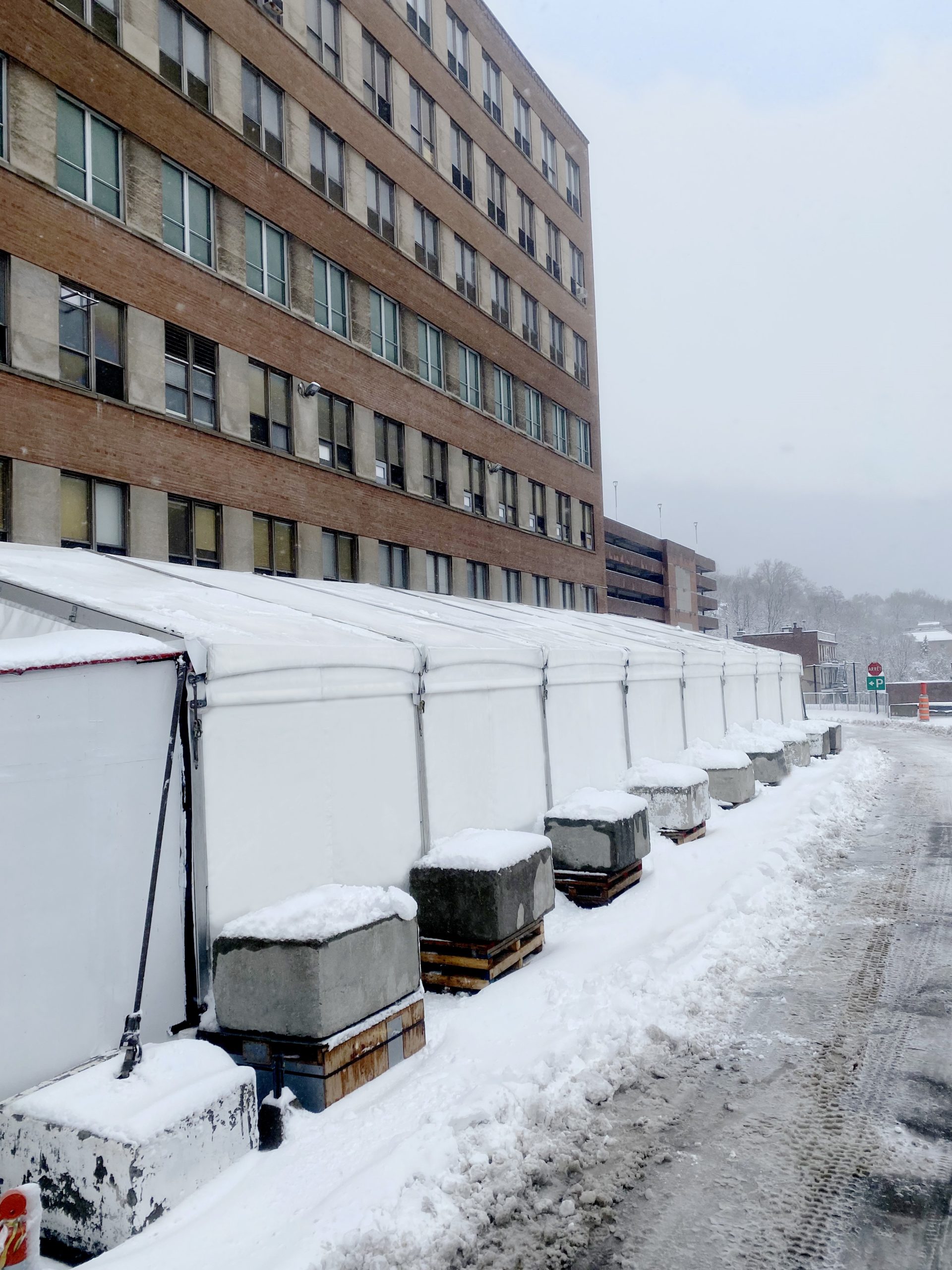
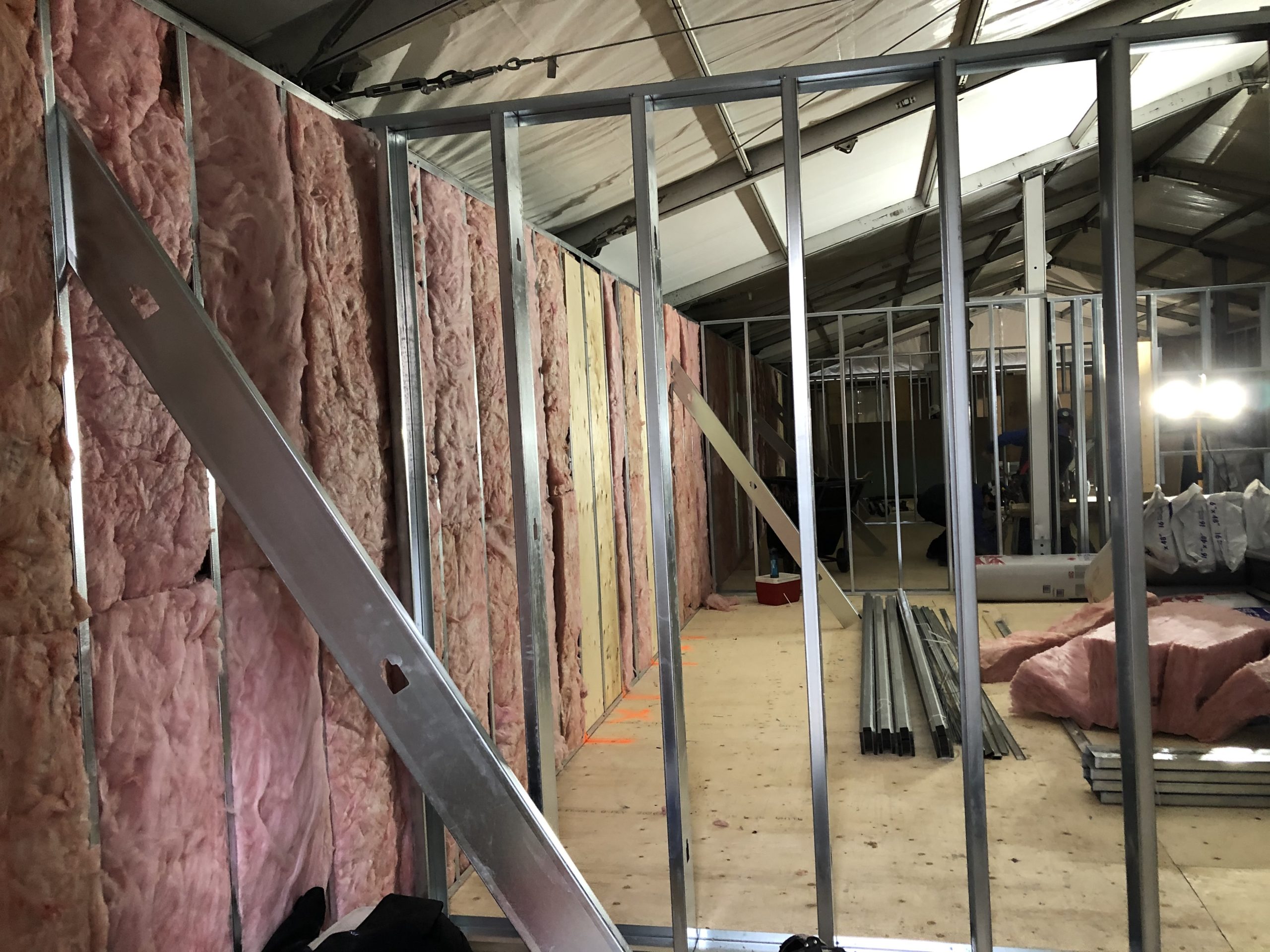


 TEXTILES.ORG
TEXTILES.ORG



